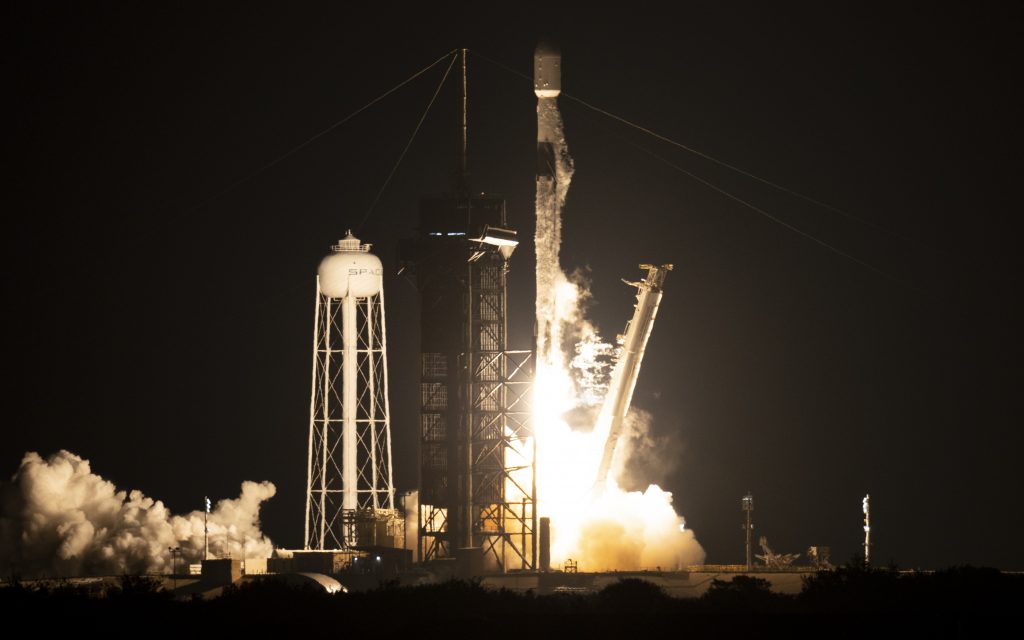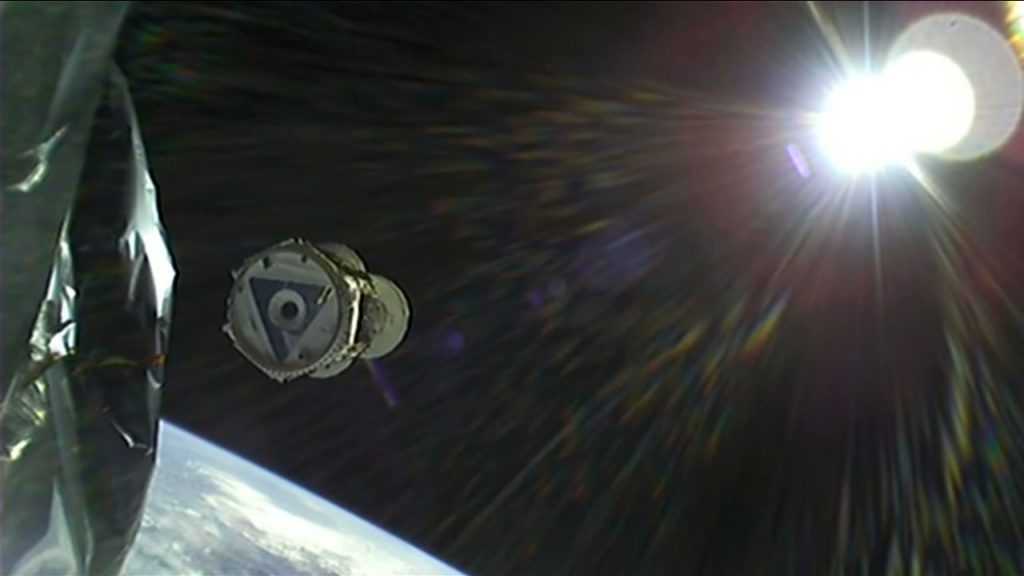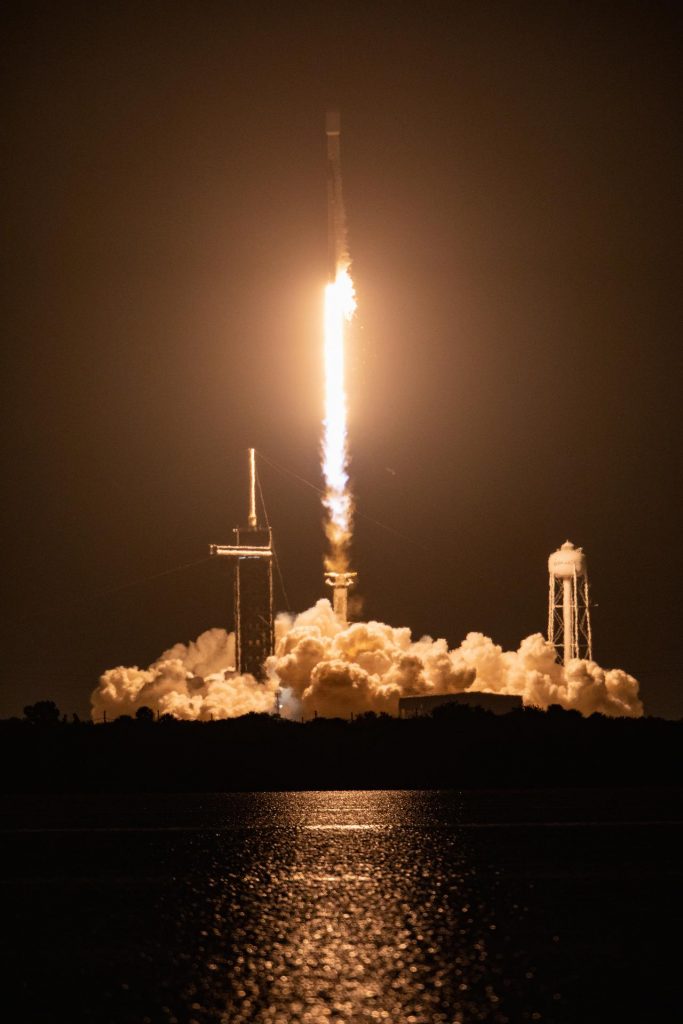By Rick Smith
As NASA’s Imaging X-ray Polarimetry Explorer mission explores black holes, neutron stars, and other cosmic phenomena – helping to answer fundamental questions about extreme space environments – it relies on the mission operations team at the Laboratory for Atmospheric and Space Physics, or LASP.
Some 700 people – engineers, scientists, mission-operations personnel and data specialists – staff the Laboratory for Atmospheric and Space Physics, housed on the campus of the University of Colorado-Boulder.
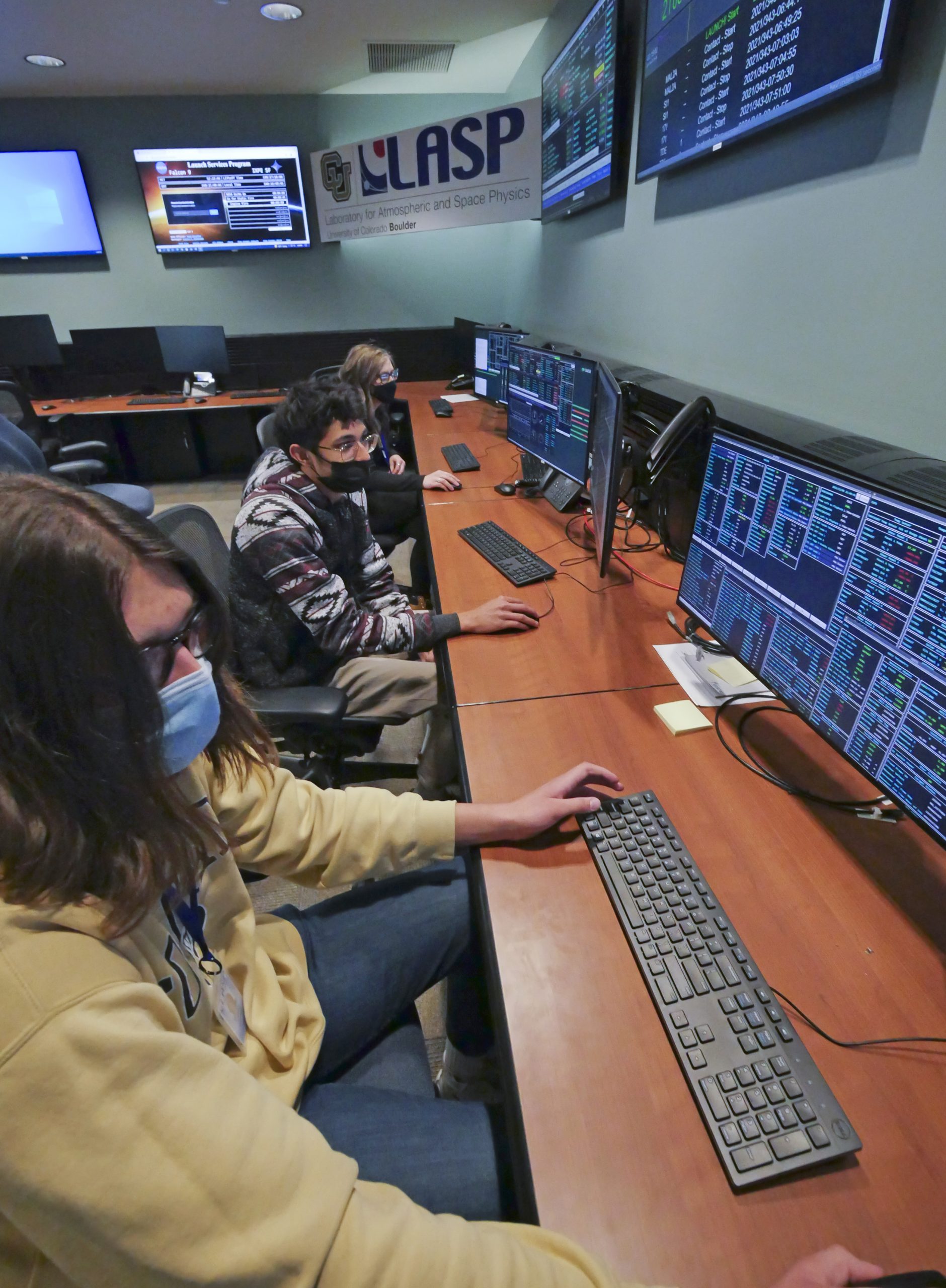
For the IXPE mission, LASP flight controllers and support teams monitor and maintain all command and control functions for the spacecraft, as well as planning and scheduling, data integrity, and spacecraft health and safety.
“I get very excited about IXPE science results,” said LASP flight controller Kacie Davis. “IXPE is unique and groundbreaking because it measures polarized X-ray imagery – tracing light back to its source by precisely measuring its brightness and the direction in which photons flow from the source.”
Research leads in the IXPE Science Operations Center at NASA’s Marshall Space Flight Center in Huntsville, Alabama, identify targets and instruct LASP flight controllers to point at them for specific intervals, fine-tune calibrations, and collect the resulting data. All raw-data findings are processed and delivered to the primary IXPE science team within seven days of each completed observation.
Most of the cosmic objects IXPE observes are part of a carefully managed, year-long science operations plan, but the LASP team also may get alerted to reposition the spacecraft to observe unique targets of opportunity, known as “TOOs” in mission-ops vernacular. Such phenomena – a new supernova, perhaps, or an overstuffed black hole trying to digest a neutron star – are rare, but the LASP team is quick to respond, at any hour.
“It’s a lot of work and a quick turnaround, like having a child,” said researcher Stephanie Ruswick, who in late 2022 will succeed LASP’s current flight director, Darren Osborne. “The other night, my 1-year-old slept through the night… but IXPE did not! Our team is always ready to step up and meet those unanticipated requests.”
Trained students on console
The LASP team includes a cadre of CU-Boulder undergraduates, Osborne said – a big advantage for career-minded engineering and science students.
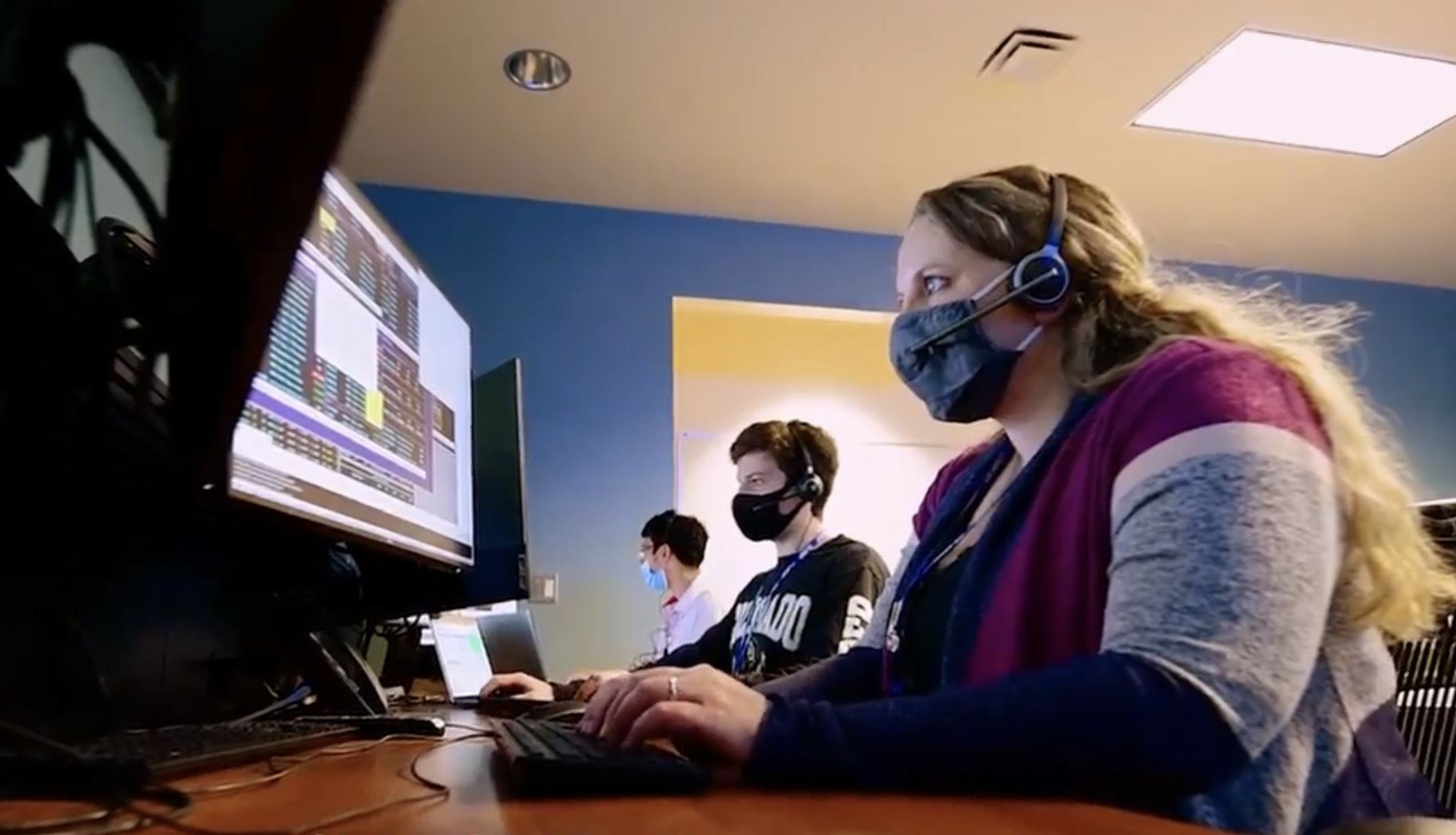
The summer prior to their junior year, students can enroll in an intensive, 12-week training program to join the team. They train side-by-side with certified LASP command controllers, learning all they can about executing flight operations, monitoring the health of spacecraft in flight, and troubleshooting issues in real time. Each student must complete a checklist of 300 mission-critical tasks on console and pass three written exams.
The paid positions don’t earn the undergrads course credit at the university, “but it gives them a definite leg up on their career goals,” Osborne said. “It’s a big commitment.”
Among those undergraduates now on console is Alexander Pichler, an aerospace engineering senior and the student lead for IXPE. He said there’s no substitute for learning in a practical environment like this one, which complements and informs every facet of his classroom education.
“It really has been an extraordinary opportunity,” said Pichler, now midway through his second year on the LASP team. “Now and then, I step back and think ‘I’m sending commands to a spacecraft that’s up there right now, helping to expand our understanding of the universe.’ It’s a truly horizon-widening experience.”
Davis, who graduated from CU-Boulder in 2020 with a degree in astronomy before joining the mission operations team, agrees.
“We’re doing brand new things that have never been done before, poking at big questions a lot of people shy away from: How is this possible? How can this exist?” she said. “It’s so exciting to be a part of it – helping to further a larger scientific conversation.”
More about LASP
Founded in 1948 on the campus of the University of Colorado-Boulder, LASP initially was known as the Upper Air Laboratory, where scientists studied the upper atmosphere using instruments, stabilizing technologies and pointing platforms of their own design. When researchers spun off in 1956 to form Ball Aerospace & Technologies Corporation in Boulder, the university expanded its own program and renamed the facility.
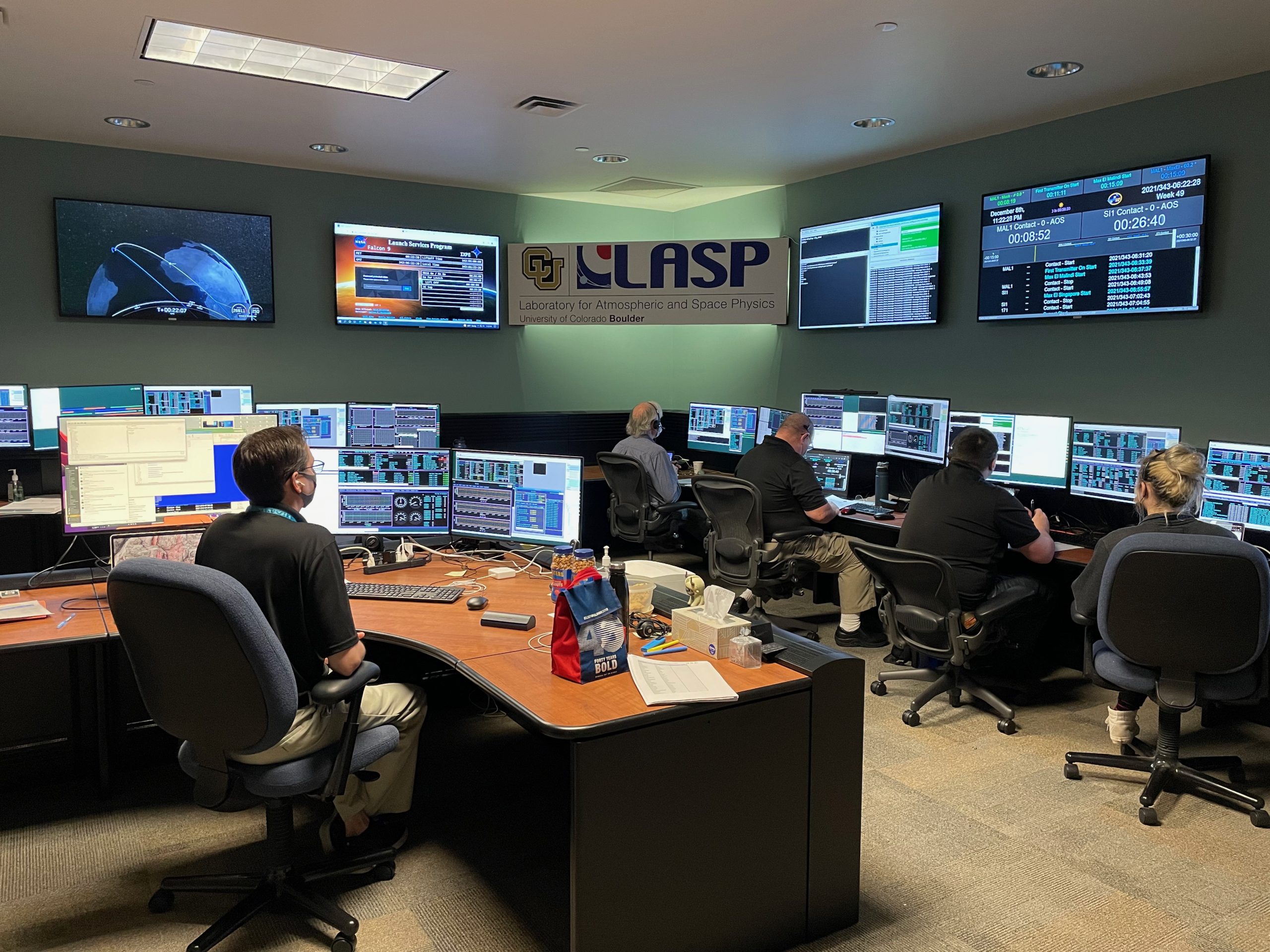
Since then, LASP has sent an instrument to every planet in the solar system and beyond, contributing imaging and sensing data to a variety of high-profile NASA missions, including Galileo, Mariner, Viking, and LADEE. LADEE, flown in 2013 and 2014, helped NASA better understand electrostatically charged dust on the Moon – a crucial need for Artemis-era human exploration of the lunar surface. The LASP team also led mission operations for NASA’s Kepler spacecraft – which identified more than 2,500 verified planets orbiting distant stars from 2009 to 2018.
And the work continues. LASP will participate in the upcoming Near-Earth Object Surveyor mission to spot and track large asteroids and comets that could pose a risk to Earth – and Libera, tracking climate change by documenting energy dispersal from Earth’s atmosphere. Both missions are scheduled to launch later in this decade.
More about IXPE
Managed by Marshall, IXPE is a collaborative effort with LASP; Ball Aerospace; the Italian Space Agency; McGill University in Montreal; Massachusetts Institute of Technology in Cambridge, Massachusetts; Roma Tre University in Rome; Stanford University in Stanford, California; and OHB Italia in Milan, Italy.
Molly Porter
NASA’s Marshall Space Flight Center
256-544-0034
molly.a.porter@nasa.gov

